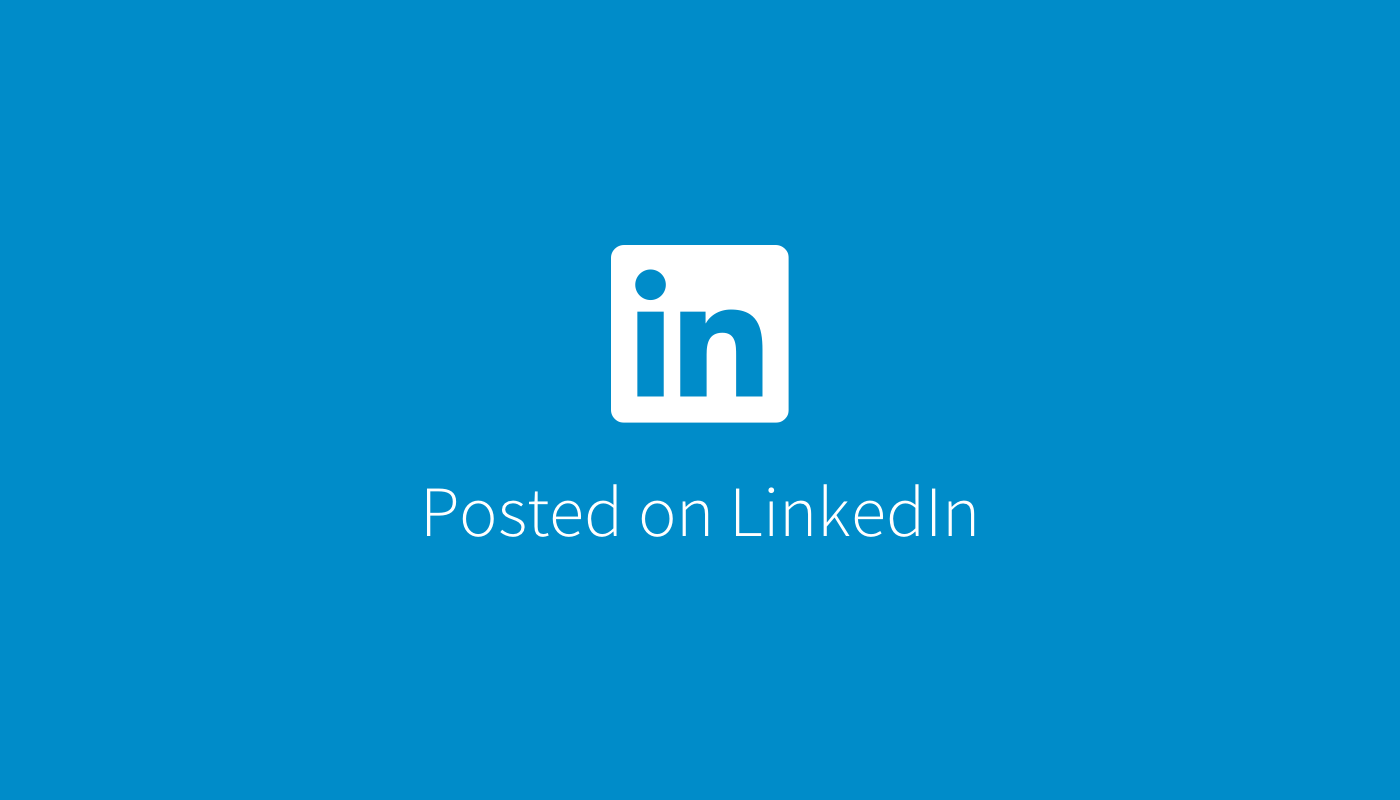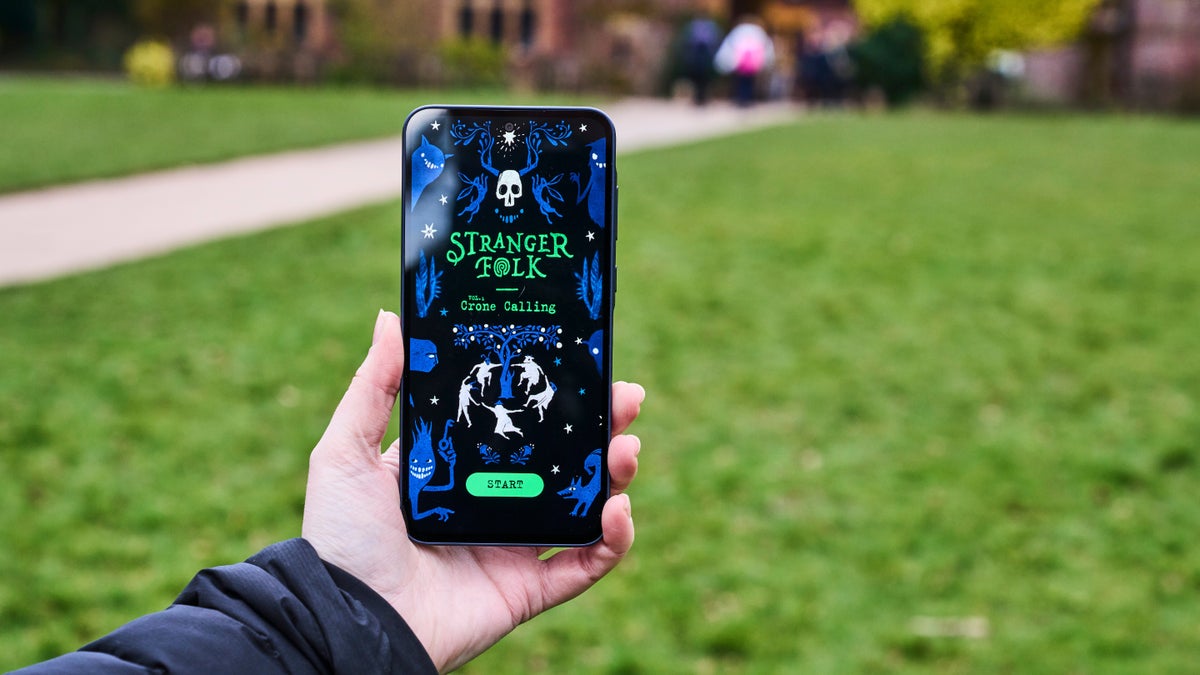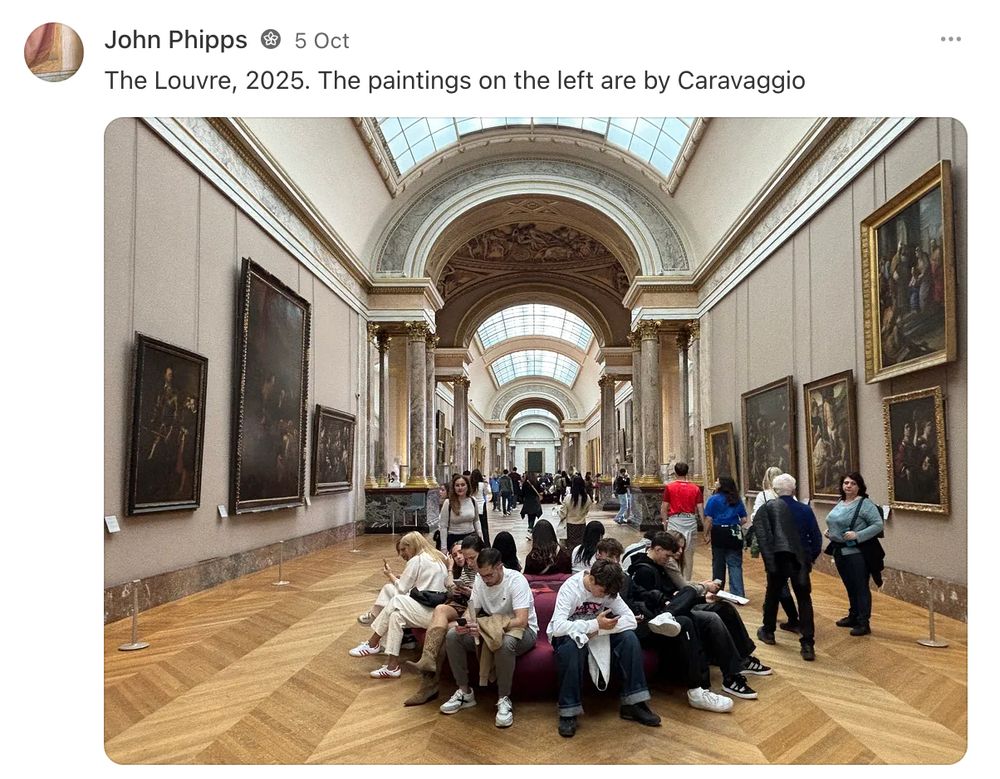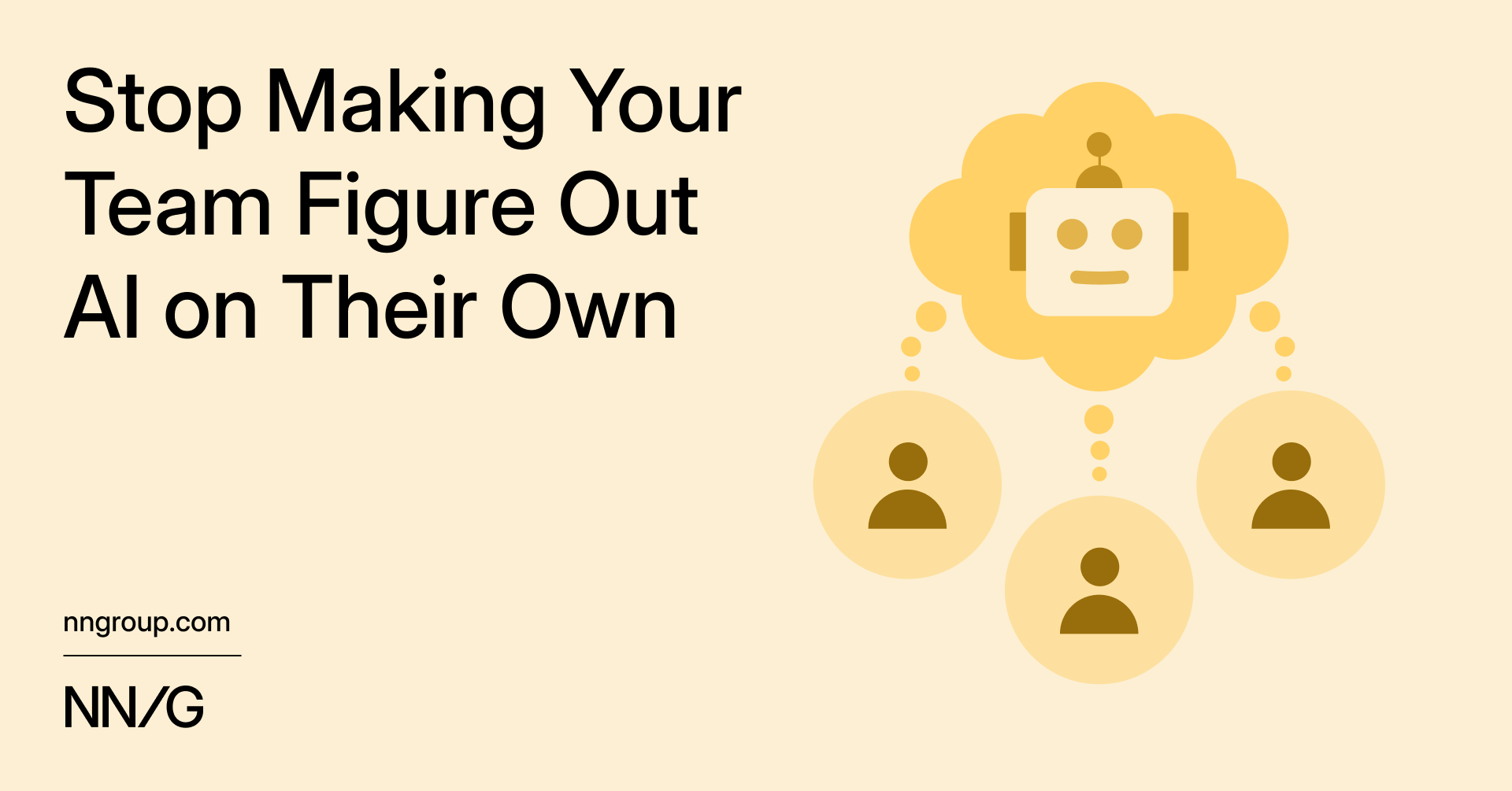This week's best things
UX lessons from the BFI, coping strategies for workaholism, better alternatives to SWOT, weekly open content crits, a beautiful browser game, reflections on audio-led experiences, thoughtful takes on AI adoption, meeting culture, and unclear communication.

The hyacinths are blooming so the flat smells wonderful, and I managed to get 100% on my Swedish exams which was a nice surprise. Sadly, the west coast weather has decided to celebrate by being helt vidrigt all week.
Ok, here are some good things.
Learning from other teams to inform our cinema website redesign
Another useful blog from the UX team at the BFI. This post focuses on how they collaborated with other teams to bring scattered insights about audiences together from across the organisation into something coherent and useful.
Includes this section on the value of customer complaints:
"There’s nothing more humbling than reading customer complaints, but it’s pretty helpful. Feedback ranged from the constructive (“I really lack images in the list of movies” and “It’s not easy to find show times”) to the gloriously provocative: "It’s a TERRIBLE website all around! The design, functionality and UX are maddeningly bad!”"

A Workaholic’s Guide to Reclaiming Your Life
A good piece from Malissa Clark in the Harvard Business Review. She focuses on six ideas (all of which feel relevant in a cultural organisation context):
- Redefining “urgent”
- Reinventing the to-do list
- Learning to say “no” and delegate
- Fixing the workaholic clock
- Controlling rumination
- Embracing rest and recovery

Alternatives to SWOT
I've been enjoying Adam Thomas's recent series in which he unpacks various ideas, frameworks, and methodologies, and points out why they're flawed, misguided, or ineffective.
This week he's looking at the SWOT analysis, and he suggests some better versions.
- SOAR (Strengths, Opportunities, Aspirations, Results). SWOT’s optimistic cousin! Ask what’s working and what’s possible, instead of what’s wrong.
- TOWS (aka SWOT with a purpose). Flips SWOT to turn pure reflection into actionable strategy.
- PACE. Maps out your Primary, Alternate, Contingency, and Emergency options so you’re not caught off guard when things shift. Highly recommended for any high-profile nonprofit these days, I‘ve worked with two organisations recently that have concrete processes to move their entire operation to another country should the s**t hit the fan.
Open content crits
I spotted that Mary Sherrill is organising an open content crit this week (and, seemingly, every week).
Content crits are a part of content design practice - a focused, constructive review of a draft that assesses its clarity, coherence, credibility, and impact, offering specific feedback to strengthen the work.
"They happen every Friday at 10:00 AM CST. You can join by clicking the link in the comments, OR be added to the recurring calendar event (no pressure, just come when it works for you) by DMing me your email."

Messenger
A beautiful little in-browser game where you play someone who has to deliver letters. That's it.
I can't quite understand how they've made something so visually rich and explorable that works so smoothly in a browser. Modern technology hey.
Anyway, worth a play.

What Dobble can teach us about UX
A thing from me about what a slightly chaotic card game can usefully remind us about things like UX, attention and perception.

Three Lessons from Stranger Folk
Ben Templeton shared some useful reflections on, amongst other things, the value of audio content in hybrid (i.e. physical+digital) contexts - these ideas are drawn from some recent work he's done with the National Trust in the UK:
"There is no single lesson but a few principles, perhaps:
- Lean into audio. People can look up when they’re listening.
- Familiar UX conventions, i.e. Stranger Folks is built around a chat interface to quickly set expectations.
- Stepped interaction, i.e. a choice-consequence loop, rather than the continuous interaction a racing game might require.
- Clear transitions from screen to real-world, i.e. the phone stops doing things whilst the humans do things."
This echoes some of the observations in this piece from Thor Martin Bærug (which is ultimately a bit of marketing for an audio guide app - but the insights are sound).
"Here’s the uncomfortable truth about museum technology: we’ve spent two decades making phones more essential to the museum experience while simultaneously making them more intrusive.
Download our app. Enable Bluetooth for beacons. Scan this QR code. Read this digital label. Activate the AR experience. Post with our hashtag. Engage with the touchscreen. Share your visit. Position yourself at the selfie spot.
Every single one of these asks pulls visitors’ attention away from what they came to see and into the screen.
And then we wonder why people are staring at their phones in the Louvre."



Stop Making Your Team Figure Out AI on Their Own
A good post from Laura Klein at the Nielsen Norman Group.
"If you work in research or design, chances are someone in leadership has asked you about AI lately. Maybe they've suggested you "explore" how ChatGPT could help with your work. Maybe they've mentioned that using AI tools will be part of your next performance review. Maybe they've forwarded you an article about how AI is revolutionizing UX research with a cheerful "Thoughts?"
Here's what's actually happening in most organizations: people are being told to use AI without being given any real guidance on how, why, or which problems it should solve. It's creating chaos, security risks, and collaboration problems."
She quite sensibly recommends things like: clear definitions of success, experiments & sharing learning, and being clear about what exactly you want AI to do.

I Went All-In on AI. The MIT Study Is Right.
And on a related note...
"I forced myself to use Claude Code exclusively to build a product. Three months. Not a single line of code written by me. I wanted to experience what my clients were considering—100% AI adoption. I needed to know firsthand why that 95% failure rate exists.
I got the product launched. It worked. I was proud of what I’d created. Then came the moment that validated every concern in that MIT study: I needed to make a small change and realized I wasn’t confident I could do it. My own product, built under my direction, and I’d lost confidence in my ability to modify it.
Twenty-five years of software engineering experience, and I’d managed to degrade my skills to the point where I felt helpless looking at code I’d directed an AI to write. I’d become a passenger in my own product development.
Now when clients ask me about AI adoption, I can tell them exactly what 100% looks like: it looks like failure. Not immediate failure—that’s the trap. Initial metrics look great. You ship faster. You feel productive. Then three months later, you realize nobody actually understands what you’ve built."

New RSC curriculum brings Shakespeare’s works to life in UK classrooms
The Royal Shakespeare Company has launched a new eduction platform.
"Starting with Macbeth, online platform using rehearsal-based teaching methods aims to transform study of the Bard"

Being a great meeting participant
A good post from Emily Hinks highlighting the fact that good meetings are not only reliant on the person running the meeting.
"Being a great participant means:
- Showing up on time and actually being present.
- Feeding ideas, not shooting them down.
- Noticing when you’ve taken too much (or too little) space.
- Jumping in to help a struggling host.
- Bringing the energy, humour, and humanity that make collaboration feel good again.
What I'm championing is - facilitation isn’t just a skill for the person at the front of the room - it’s a mindset for everyone in it."

Otherphone
A smartphone designed specifically for children, with 'powerful parental controls'.
It is "a collaboration between Mumsnet, SafetyMode and Nothing".

The Misplaced Panic of Unclear Communication
"Organisations spend a lot of time trying to design superb customer experiences. They think through the insight, the idea, the way it could be implemented. They get the right systems, people and processes in place. Then the launch to the public, seeing how well it lands.
Sometimes things work, sometimes they don’t. But most annoying is when everything that’s meant to work, works, but customer don’t realise because the communication is so poor."

Last week's best things
The three most popular links from last week's edition.
- The Web Design Museum
- BBC article on 'Playing a musical instrument good for brain health in later life'
- Words not to use from the Office for National Statistics
This week's consumption
I've been home alone this week while my wife is away on holiday, so I have listened to lots of music, done a lot of reading, and watched lots of TV.
My albums of the week, in stark contrast to each other, are (blast from the past) Urban Hymns by The Verve and (blast from the...this month) LUX by ROSALÍA. Also an honourable mention for Prewn's song, System (although 'prewn' is a terrible name, it sounds too much like prawn).
I finished The Newsroom (often very silly but quite entertaining - almost all of the scathing reviews from when it came out are accurate but I still enjoyed it) and I have also enjoyed Matthew Mcfadyen and Nick Offerman in Death by Lightning (on Netflix). I watched House of Dynamite (also on Netflix) which was pretty terrifying.
See you next week
Thanks for reading all the way to the end. Please enjoy this quite strange website for a tour guide in Mexico City.
To finish, a quick reminder that I'm a consultant who helps cultural organisations do better digital work.
Here are some workshops I offer.
I'm also currently working with organisations on things involving:
- user research to inform digital investment priorities,
- technical strategy,
- leadership development,
- 'critical friend' advice,
- project governance,
- mentoring,
- digital strategy,
- and digital readiness.
If it sounds like I could be useful, then let's chat.













